If you’re navigating the fast-paced world of digital transformation, you’ve probably heard of Service-Oriented Architecture (SOA). But there’s a new kid on the block taking this concept to the next level—SOA OS23. Whether you’re a seasoned IT veteran or a curious tech enthusiast, SOA OS23 is worth exploring. It’s not just a buzzword—it’s a smart solution that could redefine how your organization manages processes, data, and services.
Let’s break it down. In this guide, you’ll discover what SOA OS23 is, why it’s making waves, and how you can start leveraging it to elevate your business today.
What Is SOA OS23 (And Why Should You Care)?
At its core, SOA OS23 is a modern service-oriented architecture platform that enables better communication between different software systems. But what sets it apart is its modular, flexible, and scalable design—tailored for businesses that want to move fast and stay efficient.
SOA OS23 empowers teams to integrate, customize, and optimize digital operations like never before. Whether you’re running financial services, healthcare, retail, or manufacturing, this system is designed to work across industries without locking you into outdated infrastructure.
1. Flexibility That Adapts As You Grow
One of the biggest headaches in IT? Systems that don’t scale well. But with SOA OS23, that’s no longer a problem.
This architecture allows you to adapt and expand without tearing down everything you’ve built. Need to add a new feature or connect a different service? No need for a massive overhaul. Just plug it in, configure it, and you’re good to go.
Why it matters:
-
No need to rebuild your tech stack as you grow
-
Lower integration costs
-
Faster response to market shifts
2. Seamless Integration Across Applications
Tired of apps that don’t “talk” to each other? SOA OS23 was built with interoperability in mind.
Its integration tools make it easy for different systems—old and new—to communicate smoothly. That means fewer data silos and more efficient workflows across departments.
Use case examples:
-
Linking your CRM with your inventory management
-
Connecting HR systems with payroll platforms
-
Syncing cloud tools with on-premise databases
3. Streamlined Efficiency That Saves Time and Resources
Let’s be honest: every business wants to do more with less. SOA OS23 is designed to help you automate, streamline, and reduce redundancy.
You’ll notice faster processing, fewer manual errors, and a smoother overall operation.
Quick wins you can expect:
-
Shorter project timelines
-
Fewer repetitive tasks for your team
-
Lower operational overhead
4. Built-In Security and Compliance
In today’s world, security isn’t optional—it’s essential. SOA OS23 doesn’t cut corners. It comes packed with encryption, authentication protocols, and compliance features that help protect your data and meet regulatory requirements.
What’s included:
-
Role-based access controls
-
Secure API connections
-
Support for GDPR, HIPAA, and other standards
5. User-Friendly Interface (Yes, Even for Non-Techies)
You don’t need to be a coding genius to use SOA OS23. The platform includes an intuitive interface that makes it easy to navigate—even for those newer to tech.
Plus, it’s backed by a strong support community, detailed documentation, and plenty of tutorials.
Perks for your team:
-
Quick onboarding
-
Easy navigation
-
Fewer calls to IT support
6. Real-Time Updates and Continuous Improvements
Nobody likes long downtimes. SOA OS23 delivers real-time updates without disrupting your workflows.
The development team regularly releases upgrades based on user feedback, meaning the platform evolves with your needs.
Benefits of staying up to date:
-
Access to the latest features
-
Stronger performance
-
Improved stability and security
7. Backed by a Supportive Community and Resources
SOA OS23 isn’t just software—it’s a community. From forums to webinars to GitHub repositories, there are countless resources to help you troubleshoot, learn, and grow.
There’s a real sense of collaboration, where developers and users share insights, tips, and updates.
Where to start:
-
Join online communities or Slack groups
-
Watch tutorials from fellow users
-
Read case studies to learn from real-world use
Getting Started with SOA OS23: A Simple Roadmap
Ready to dive in? Here’s how you can ease into SOA OS23 without the overwhelm:
1. Start with the Docs
The official documentation is your best friend. It lays out everything from setup to advanced features in plain English.
2. Set Up Your Environment
Install any required frameworks or libraries. Make sure your development setup is ready for integration testing and service deployment.
3. Launch a Test Project
Don’t go all-in at once. Start with a small use case—maybe a simple service integration—to get familiar with the system.
4. Leverage Online Learning
Sites like YouTube, Udemy, or the SOA OS23 community hub offer hands-on tutorials that can accelerate your learning.
5. Get Involved in the Community
Ask questions, share feedback, and learn from others who’ve walked this path.
Also Read : Newtopy: Innovative Tech Solutions for Modern Living
Best Practices to Maximize Your Results
-
Align with Business Goals: Know what problems you’re trying to solve.
-
Plan Before You Build: Avoid messy integrations by mapping out your workflows first.
-
Train Your Team: Make sure everyone understands how to use the platform efficiently.
-
Monitor Performance: Use built-in analytics tools to identify issues and areas for improvement.
-
Stay Secure: Regularly audit your system and update access controls.
Real-World Success Stories
Finance Firm
A leading financial institution integrated SOA OS23 to connect various loan-processing services. The result? A 30% reduction in processing time and a noticeable improvement in client satisfaction.
Retail Giant
By upgrading their inventory system with SOA OS23, a major retail chain enabled real-time updates across locations, minimizing stockouts and improving customer trust.
Healthcare Provider
A multi-specialty hospital used SOA OS23 to connect billing, patient records, and scheduling. This dramatically improved internal communication and reduced patient wait times.
Common Challenges (and How to Overcome Them)
Even powerful tools have their growing pains. Here’s what you might face—and how to solve it:
Challenge: Integrating Legacy Systems
Fix: Use middleware and dedicated APIs to bridge the gap between old and new technologies.
Challenge: Slow Performance During Peak Loads
Fix: Implement load balancing and auto-scaling to ensure smooth operation even during high demand.
Challenge: Data Security
Fix: Tighten access controls, enable encryption, and audit regularly.
What’s Next for SOA OS23?
The future looks bright. Upcoming developments focus on:
-
Smarter Interfaces: More intuitive dashboards for non-tech users
-
Broader Integrations: Connect with more platforms, CRMs, and cloud services
-
Stronger Security: Advanced threat detection and response tools
-
User Feedback Loops: Enhancements driven by real-world needs
-
More Training Resources: Continued focus on education and onboarding
Final Thoughts: Should You Make the Switch?
SOA OS23 is more than a tech upgrade—it’s a smarter way to run your digital operations. From efficiency and scalability to strong security and community support, it checks all the boxes.
If your organization is ready to streamline operations, reduce costs, and stay competitive, now’s the time to explore SOA OS23. Start small, learn fast, and grow confidently.

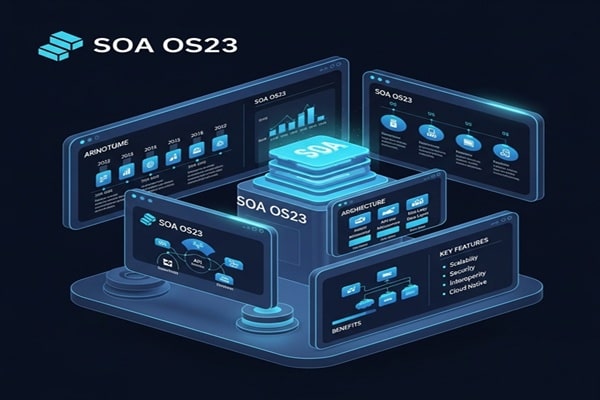
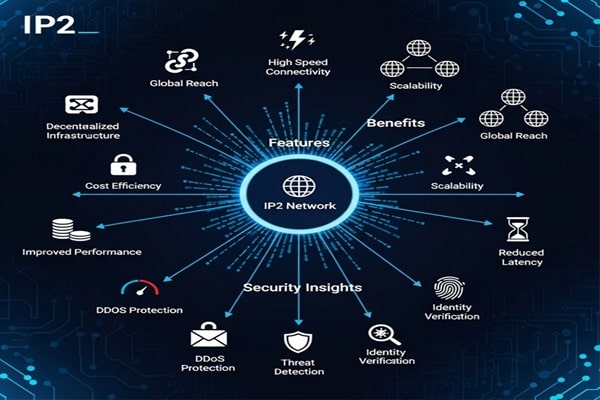
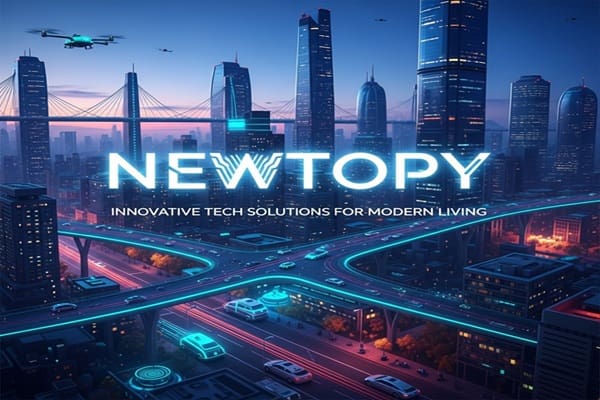
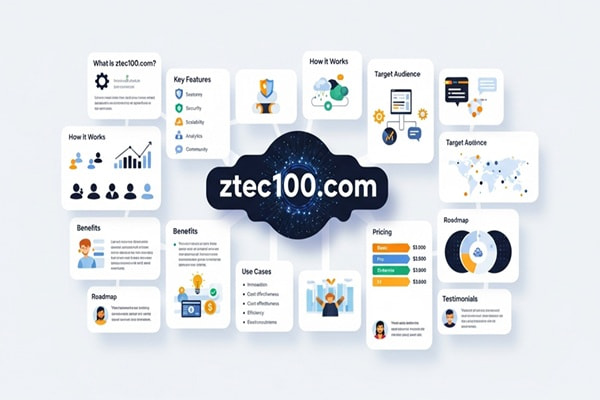

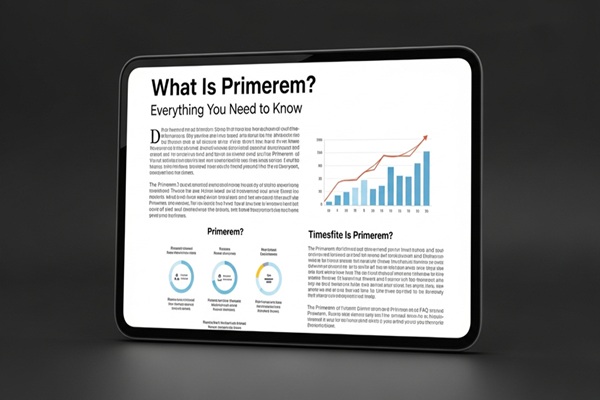
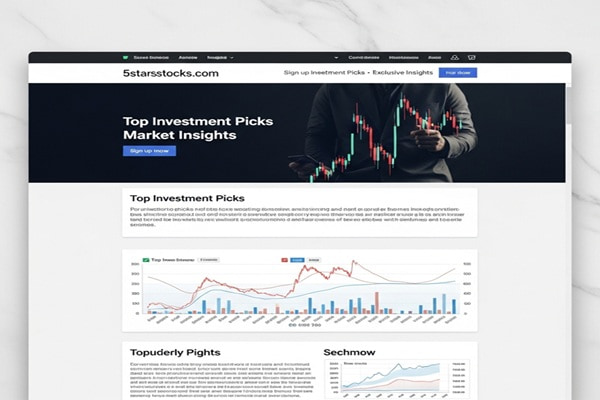
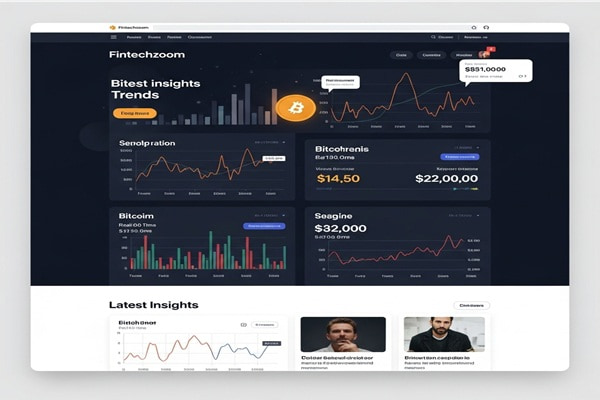


Leave a Reply